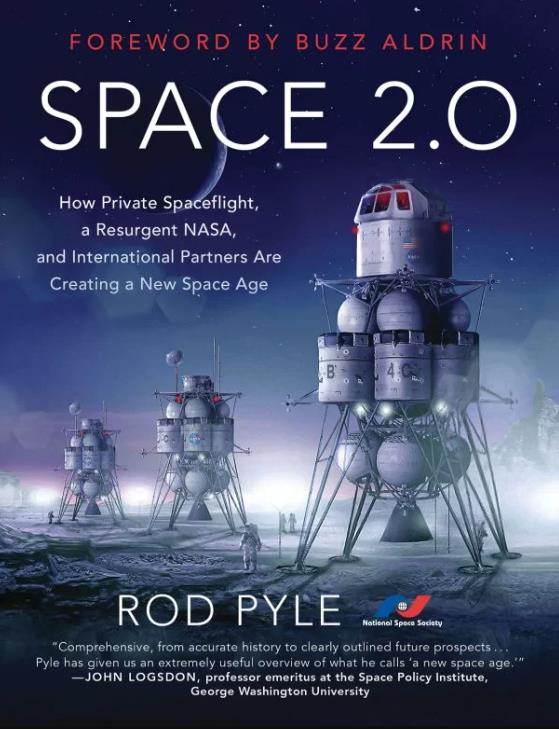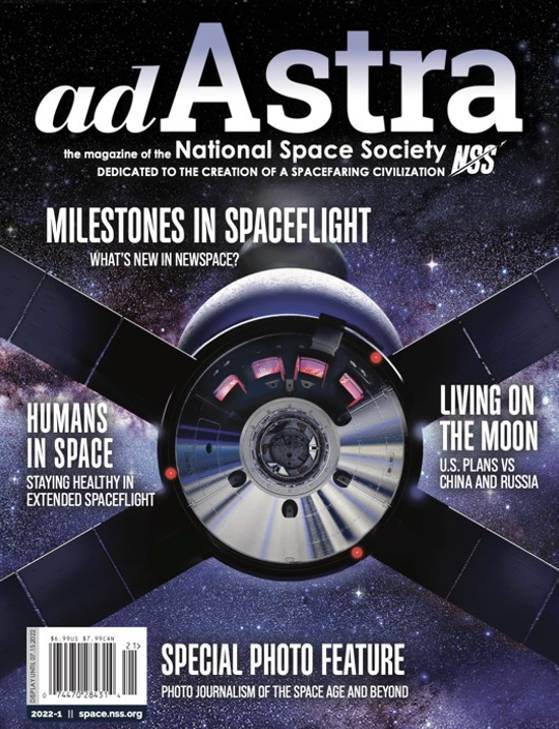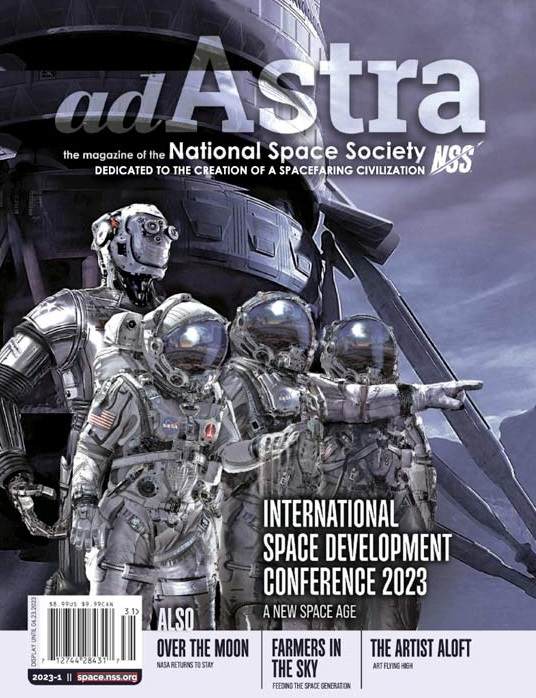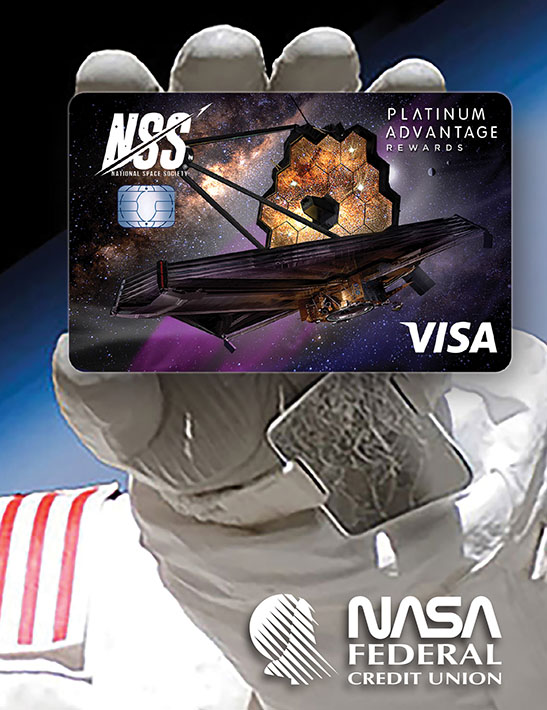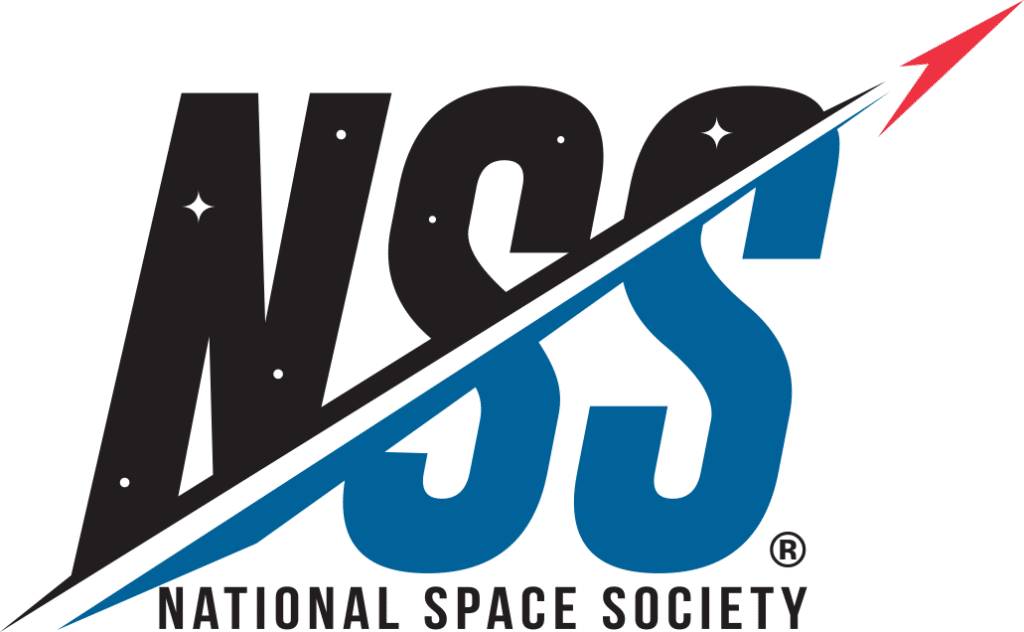Rules
- Submissions must relate to free space settlements. Settlements may not be on a planet or moon, although support activities such as mining may be. Settlements must be permanent homes, not temporary work camps. Typically, what distinguishes an outpost from a settlement is generational habitation.
- Submissions may focus on one or a few aspects of space settlement and supporting systems, including mines, activities leading up to settlement (such as space hotels), economic and social issues, etc.
- Designs, original research, essays, stories, models, artwork or any other orbital space settlement related materials may be submitted.
- Limit your entry to a MAXIMUM of 50 pages unless absolutely necessary for key aspects of the work. Entries of more than 50 pages will be significantly penalized.
- For all categories other than Artistic Merit, the primary entry is expected to be a single PDF file, although up to 10 attachments are allowed. Each may be no larger than 24 MB. Only the primary PDF submission will be required reading for the judges. Additional attachments should be considered supplemental.
- Submissions will be made electronically.
- The submission must be the student’s own work. Plagiarism is forbidden, and we employ state of the art software for detecting plagiarized material.
- Instructors, mentors or parents may assist the student by presenting relevant resources, discussing core concepts and suggesting minor edits, but the work itself must be entirely student produced.
- All entries that are not excluded for plagiarism will be judged by one or more judges on their merits. All decisions by the judges are final. The judges’ decisions cannot be challenged in any way by any contestant. By submitting your entry, you agree that you cannot and will not contest the judges’ decisions in any way.
- Judge scoring criteria and comments are strictly confidential and will not be distributed to contestants.
Plagiarism
1. Plagiarism of text
You may use other people’s ideas in your entry, but not other people’s writing. Every year up to 50% of all entries are caught copying materials from the web. They are eliminated from the competition.
We expect teachers to check every project from their students for plagiarism and not permit entries with plagiarism to be submitted to the contest. Plagiarism is particularly sad for teams when one team member plagiarizes and the others are ethical. For teams, we recommend that students check each other for plagiarism.
2. Plagiarism of images
It is best to create your own images. If you must use someone else’s image be sure to give image credit (for example, Credit: NASA) and respect the copyright, if any, and licenses that may be involved. Consider using images with licenses from Creative Commons or from Free Stock Photos websites.
Please note that this competition is no longer run in coordination with NASA, but if you choose to use NASA images, please adhere to NASA’s guidelines for image use: “NASA content used in a factual manner that does not imply endorsement may be used without needing explicit permission. NASA should be acknowledged as the source of the material. NASA occasionally uses copyright-protected material of third parties with permission on its website. Those images will be marked identified as copyright protected with the name of the copyright holder. NASA’s use does not convey any rights to others to use the same material. Those wishing to use copyright protected material of third parties must contact the copyright holder directly.”
Additionally, note that the NASA logo may not be used without explicit permission. For further information on NASA’s image use policies, refer to the following link: https://www.nasa.gov/multimedia/guidelines/index.html

